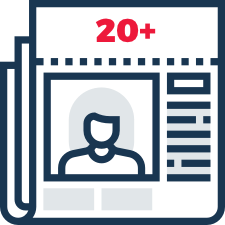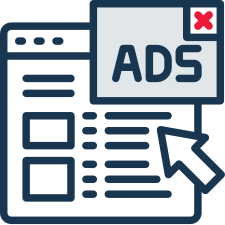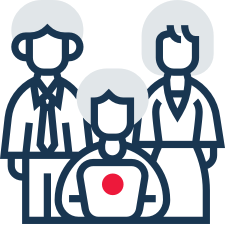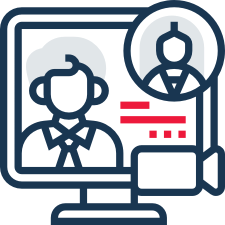Synopsis
The use of face-recognition technology has expanded rapidly during the pandemic as a contactless, automated way of verifying the identity of people applying for unemployment and other public benefits. However, experts and activists worry that its failures could prevent people from getting benefits they desperately need — and that it could be even more dangerous if it works as designed.
Mia Sato At first glance, JB, an artist based in Los Angeles, perhaps doesn’t look much like the picture on their driver’s license. For one thing, the ID photo is from a few years ago. Hair that was once long and dark is now buzzed and bleached. And there’s the fact that JB is transgender and has been taking testosterone for over two years, which has led to changing facial features, thicker eyebrows, and acne that wasn’t there before. (They
BY
MIT
- GIFT ARTICLE
- FONT SIZE
abcSmall
abcMedium
abcLarge
- SAVE
- Comment
Already an ET Prime Member? Sign In now
Continue reading with one of these options:
Limited Access
Free
Login to get access to some exclusive stories
& personalized newsletters
Login Now
Unlimited Access
Starting @ Rs120/month
Get access to exclusive stories, expert opinions &
in-depth stock reports
Subscribe Now


To read full story, subscribe to ET Prime
Get Unlimited Access to The Economic Times
The Big Budget Sale
@ ₹34 per week
Billed annually at
₹2499 ₹1749(30% off)
Already a Member? Sign In now
Sign in to read the full article
You’ve got this Prime Story as a Free Gift
,
,
,
Subscribe Now
(Credit card mandatory)
You can cancel your subscription anytime
,
,
,
Subscribe Now
(Pay Using Netbanking/UPI/Debit Card)
Netbanking, Credit & Debit Card
Subscribe with Google
₹399/month
Monthly PLAN
Billed Amount ₹399
₹208/month
(Save 49%)
Yearly PLAN
Billed Amount ₹2,499
15 Days Trial
,Includes DocuBay and TimesPrime Membership.
₹150/month
(Save 63%)
2-Year PLAN
Billed Amount ₹3,599
15 Days Trial
,Includes DocuBay and TimesPrime Membership.


Get ET Prime for just ₹2499 ₹1749/yr
Already a Member? Sign In now
Why ,
Exclusive Economic Times Stories, Editorials & Expert opinion across 20+ sectors
Stock analysis. Market Research. Industry Trends on 4000+ Stocks
Clean experience with
Minimal AdsComment & Engage with ET Prime community Exclusive invites to Virtual Events with Industry Leaders A trusted team of Journalists & Analysts who can best filter signal from noise






